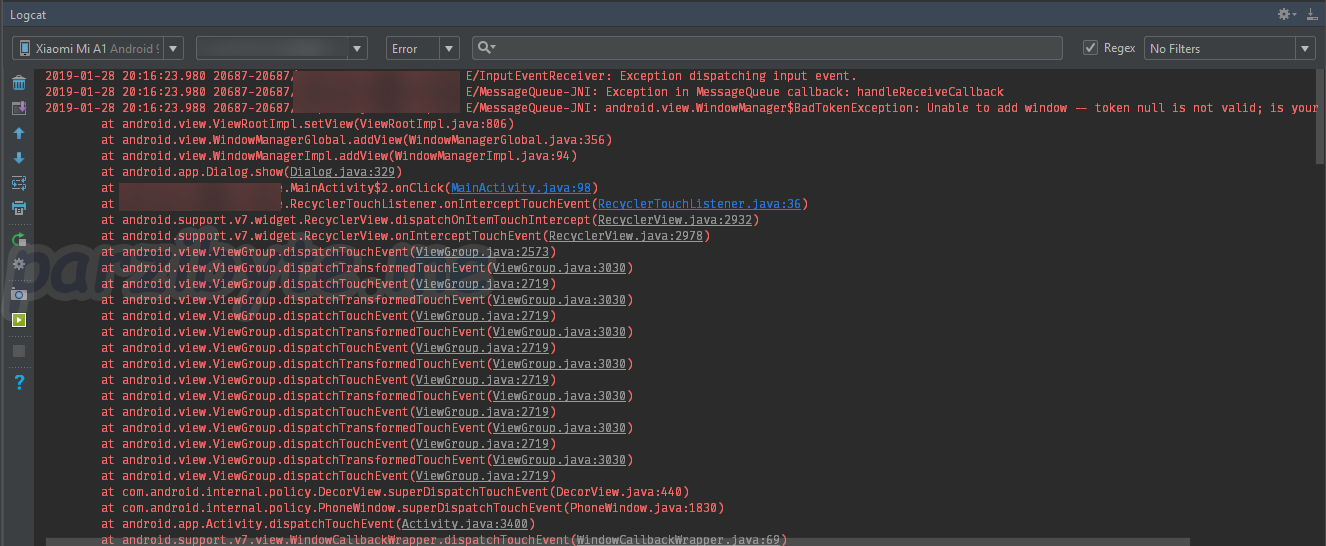

- #WINDOWMANAGER NOT MATCH22 VS 172 HOW TO#
- #WINDOWMANAGER NOT MATCH22 VS 172 CODE#
- #WINDOWMANAGER NOT MATCH22 VS 172 WINDOWS#
This is possible because most Xlib calls do not require immediate action by the server. Xlib saves up requests instead of sending them to the server immediately, so that the client program can continue running instead of waiting to gain access to the network after every Xlib call. In general, functions that do not return values (e.g., XResizeWindow, which changes the size of a window) are asynchronous, while functions that return values (e.g., XGetGeometry, which return the size and position of a window) are synchronous: Rather, Xlib has a mixture of synchronous and asynchronous APIs. However, it is important to note that Xlib isn’t fully synchronous.
#WINDOWMANAGER NOT MATCH22 VS 172 CODE#
The Xlib code above looks like your average C library call the XCB code above is significantly more involved. The downside of XCB’s fully asynchronous approach is verbosity and a less programmer-friendly interface. Therefore, we’d expect to only block for the duration of one round-trip to the X server using XCB, compared to 5 with Xlib. With Xlib, we have send one request at a time and wait for its response to come back before we can send the next request. Using XCB, we can immediately fire off all 5 requests to the X server, and then wait for all of them to return.

#WINDOWMANAGER NOT MATCH22 VS 172 WINDOWS#
The advantage of the asynchronous approach is obvious if we consider an example where we need to retrieve the attributes of, say, 5 windows at once.

The client program must subsequently call xcb_get_window_attributes_reply to block on the response. The function xcb_get_window_attributes merely sends the request to the X server, and returns immediately without waiting for the reply in other words, it is asynchronous. Xcb_get_window_attributes_reply_t* reply = Do other stuff while waiting for reply. On the other hand, using XCB, you would write this instead: xcb_get_window_attributes_cookie_t cookie = Under the hood, XGetWindowAttributes() sends a request to the X server and blocks until it receives a response in other words, it is synchronous. XGetWindowAttributes(display, window, &attrs) Xlib attempts to hide the asynchronous X protocol behind a mixed synchronous and asynchronous API, whereas XCB exposes a fully asynchronous API.įor example, to lookup the attributes (e.g., size and position) of a window, you would write the following code using Xlib: XWindowAttributes attrs In practice, this different manifests itself most prominently in how the two libraries handle the fundamental asynchronous nature of X’s client-server architecture. The two libraries have very different philosophies: whereas Xlib tries to hide the X protocol behind a friendly C API with lots of bells and whistles, XCB directly exposes the plumbing beneath. Xlib, hailing from 1985, was the original X client library, and was the only official X client library until the introduction of XCB in 2001. There are two official C libraries for X: Xlib and XCB. We will use C++11 and C++14 features where convenient, so you will need a compatible compiler (GCC 4.9 or higher, or Clang 3.4 or higher) if you want to play with the example source code. Example usage and common patterns abound in the source code of many great window managers written in the past three decades. In addition to books such as the Xlib Programming Manual, documentation can be found in the form of widely available man pages (e.g., try man XOpenDisplay at a terminal). I chose C++ for basic_wm, our example window manager, mainly because the C libraries for X11 are the best documented. a library for communicating with X servers. You can write a window manager in Haskell, Python, Lisp, Go, Java, or any other language that has X bindings, i.e. Introductionīefore we start with the code, let’s go over a couple of basic implementation choices such as language and API. In Part II, we will dig into the dirty details and walk through the code of an example reparenting non-compositing window manager, basic_wm. In Part I of this series, we examined the role of X window managers in a modern Linux/BSD desktop environment, and how they interact with the X server and applications.
#WINDOWMANAGER NOT MATCH22 VS 172 HOW TO#


 0 kommentar(er)
0 kommentar(er)
